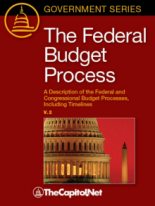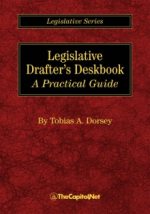The Presidential Budget Process
Title III of the Congressional Budget Act requires that the President submit his proposed budget to Congress no later than the first Monday in February. The President’s budget is actually only a request made to Congress, and Congress is under no obligation to adopt the budget or consider the recommendations of the President. photo credit: … Read more



